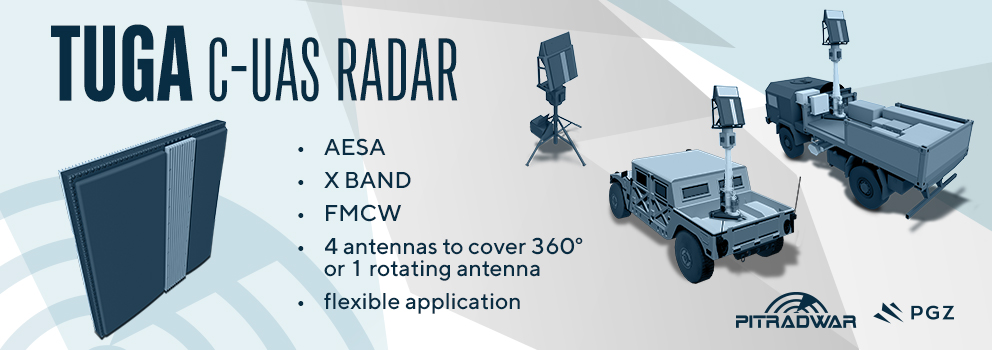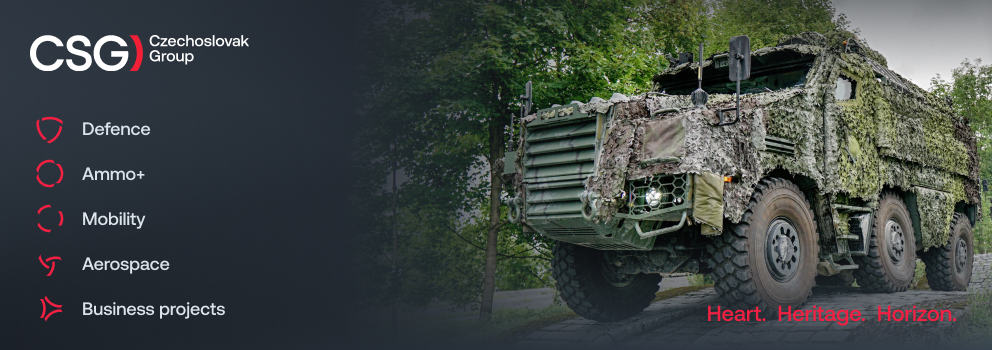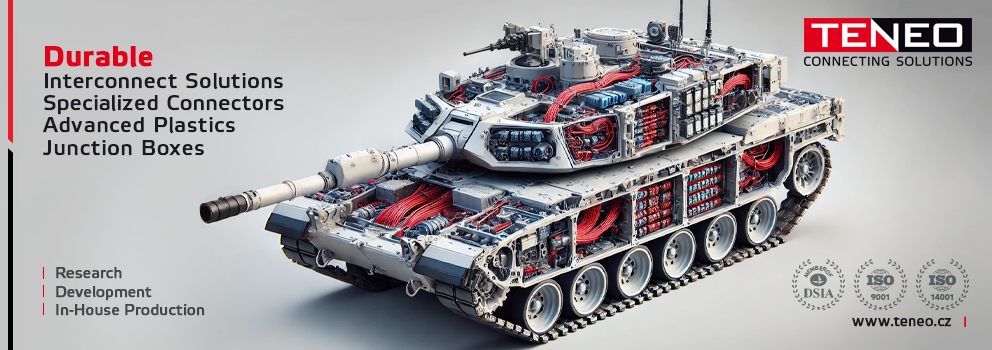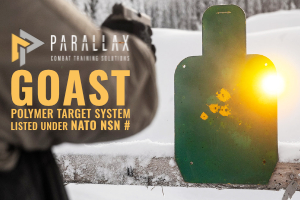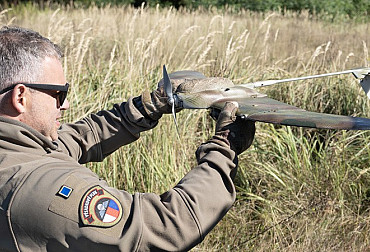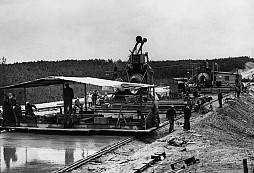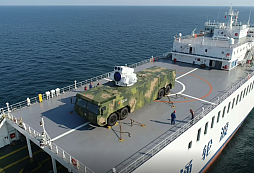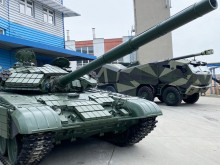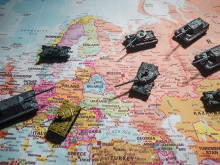The need for adaptation. The continuing importance of armored forces on the battlefield
Recent and ongoing conflicts around the world, such as the fighting in Nagorno-Karabakh and, in particular, the ongoing Russian invasion of Ukraine, have brought about significant changes on the battlefield. The widespread use of relatively inexpensive unmanned aerial vehicles designed for reconnaissance or carrying ammunition has been successful not only on the battlefield itself, but also on the internet. Numerous videos showing infantry, unarmored or lightly armored vehicles, as well as IFVs and main battle tanks being destroyed by suicide and "bombing" unmanned aerial vehicles, have sparked amazement and heated debates about drones being the proverbial death knell of maneuver warfare and armored vehicles such as tanks. However, this is a distorted reality caused by the aforementioned number of videos from both sides of the conflict.
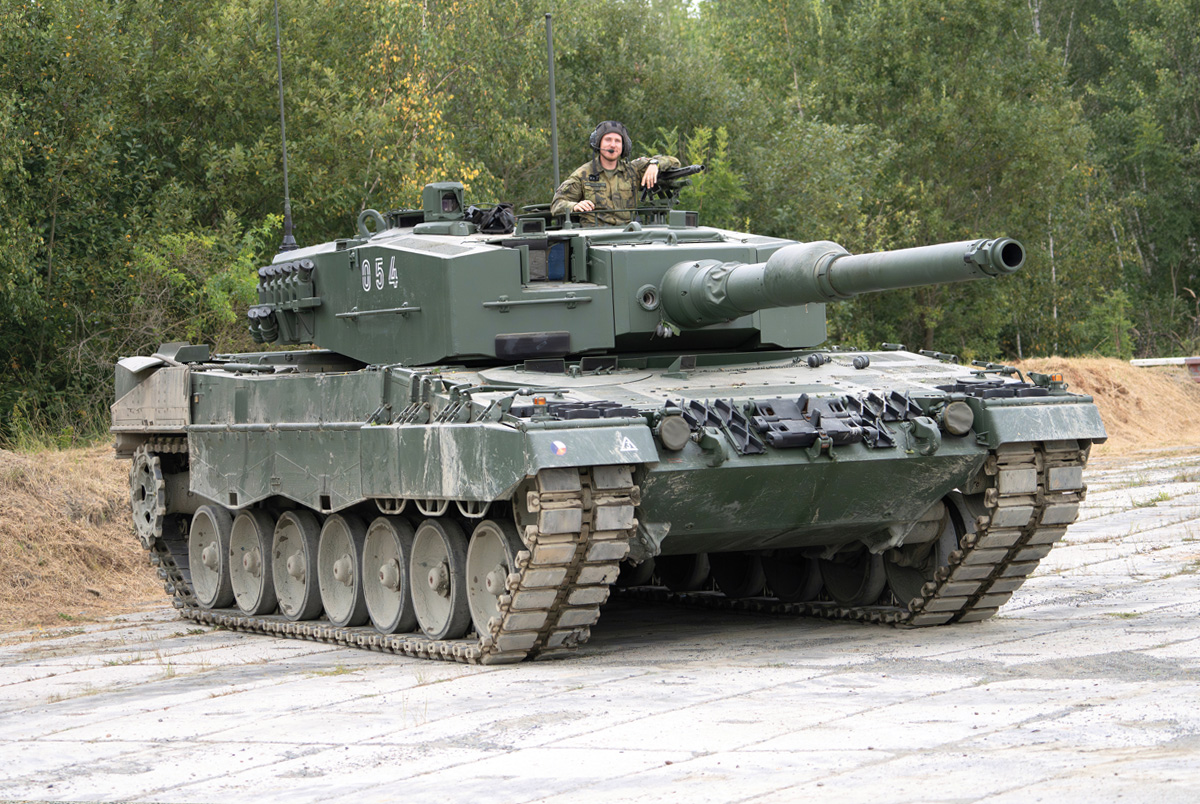
Unmanned vehicles on the scene
The current drone boom is undeniable, as is the effect these devices have on the battlefield. In their reconnaissance role, drones guide artillery, reveal enemy troop concentrations, points of interest, and troop movements. As comparatively inexpensive precision-guided munitions, they are responsible for a significant percentage of both personnel and equipment losses. The number of videos showing FPV (first-person view) drones hitting even the heaviest armored equipment has logically raised not only questions but also conclusions that the era of tanks is (once again) over, and with it the concept of maneuver warfare using not only tanks but also IFVs and APCs. At the same time, however, both sides in the Ukrainian conflict continue to use main battle tanks and IFVs and are acquiring new ones.
Why? First of all, it must be said that this is not the first time that the tank has been "declared dead." The end of this combat system has been predicted many times before—after both world wars, with the advent of hand-held anti-tank weapons, combat aircraft and helicopters, and anti-tank guided missiles. However, each time, the value of the tank (and, in a broader sense, mechanized forces for maneuver warfare) has proven strong enough that technological and operational-tactical developments have managed to keep this system and its entire concept on the battlefield. And given the developments in the world, it is very likely that this will be the case this time as well.
Giving up on maneuver warfare would, in the best case scenario, mean a long, drawn-out war of attrition in trenches and urban areas, which would drain the material and human resources of not only the attacker but also the defender, while also having a major impact on society's will to fight (this is especially true for the West, which is not accustomed to high losses) . An enemy capable of using maneuver forces and other means to break through the lines and advance would be almost unstoppable, as maneuver warfare involves not only attack but also maneuver defense, a capability that is difficult to achieve without highly mobile and powerful armored vehicles.
The sword and shield effect is back on the scene
Drones are a huge threat, there is no question about that, but so are enemy air superiority, minefields, anti-tank guided missile systems, bad intelligence, and unexplored terrain. All of these factors can lead to heavy losses or failure to achieve operational objectives. However, all these threats can be minimized through the use of technology and procedures and tactics. In any case, the rapid development of drones, which has led to the use of optical fiber and the development of artificial intelligence (AI), has triggered a huge effort to find and produce effective defenses against them. Camouflage that reduces the thermal imaging footprint, sophisticated decoys, the development of electronic warfare capabilities, drone detection, and even their elimination by kinetic means—all of this now goes hand in hand with the development of drones, creating a sword and shield effect. In addition to AI weapon stations and drones capable of engaging small airborne targets, there is also rapid development in the field of DEW (Directed Energy Weapons), which represent entirely new possibilities in the fight against small unmanned aerial vehicles. Along with groundbreaking technologies, however, systems and solutions that would have been considered obsolete or unsuitable just a few years ago are also experiencing a renaissance. Examples include cannon air defense systems, handguns, and even primitive wire fencing, which now helps protect equipment, defensive positions, and supply routes.
Modification and adaptation, not the end
When applied appropriately in multi-domain operations, maneuver warfare allows the initiative to be maintained or gained on the battlefield, and also reduces losses by preventing the emergence of a long war of attrition, which would be devastating for a country such as the Czech Republic. Of course, it is not always possible to prevent the formation of a stable front that turns into positional warfare, but mechanized forces, using other means, can reverse this situation through maneuvering. Therefore, not only IFVs and APCs are still needed for these purposes, but also main battle tanks, which, with their firepower and protection, represent a tough nut for the enemy to crack, forcing them to respond (by starting to maneuver themselves). The question is therefore not whether mechanized forces should be replaced, but how to adapt these forces to newly emerging threats.
New and old, together
Drones are changing the battlefield, but its basic principles remain the same. For example, anti-tank guided missiles developed against armored vehicles are now standard equipment in most modern, but also in a significant number of older IFV designs. It is not difficult to imagine that the same fate awaits drones (and is already happening). Mechanized units will have their own reconnaissance, supply, protection, and strike unmanned aerial and ground vehicles, which will act as a force multiplier for already capable units with high combat value. By adapting tactics and cooperating effectively with other types of forces and weapons, these units can continue to be a key component of warfare, without which it will be impossible to avoid static "meat grinders."
This stage of development of mechanized forces will require progressive thinking, the involvement of the academic community and the private sector, and constant testing and fine-tuning through trial and error in realistic training scenarios, where emphasis will be placed on the fact that any failure during exercises will subsequently lead to an overall improvement in the effectiveness of mechanized forces on the modern battlefield. IFVs and main battle tanks are certainly not ready for retirement.
